Spring Blooms in the Royal Parks
As the days grow longer and the air fills with birdsong, the first blooms of spring begin to emerge in the Royal Parks. These delicate flowers are a sign of nature's renewal, brightening up our landscapes after the long winter months. Whether you're looking for a peaceful stroll or the perfect photo opportunity, here’s where to find the best early spring blooms in the parks, along with their Latin botanical names, peak blooming months, and fascinating facts.
| January | February | March | April | May |
What starts blooming in January?
Snowdrops
Botanical name: Galanthus nivalis
Best in bloom: Late January – February
Where to find them: Hyde Park, Kensington Gardens, Green Park, and St. James’s Park
Fun fact: The name Galanthus comes from the Greek words for ‘milk’ and ‘flower’, referencing its pure white petals. These hardy blooms have a natural antifreeze in their cells, allowing them to survive frost and snow.
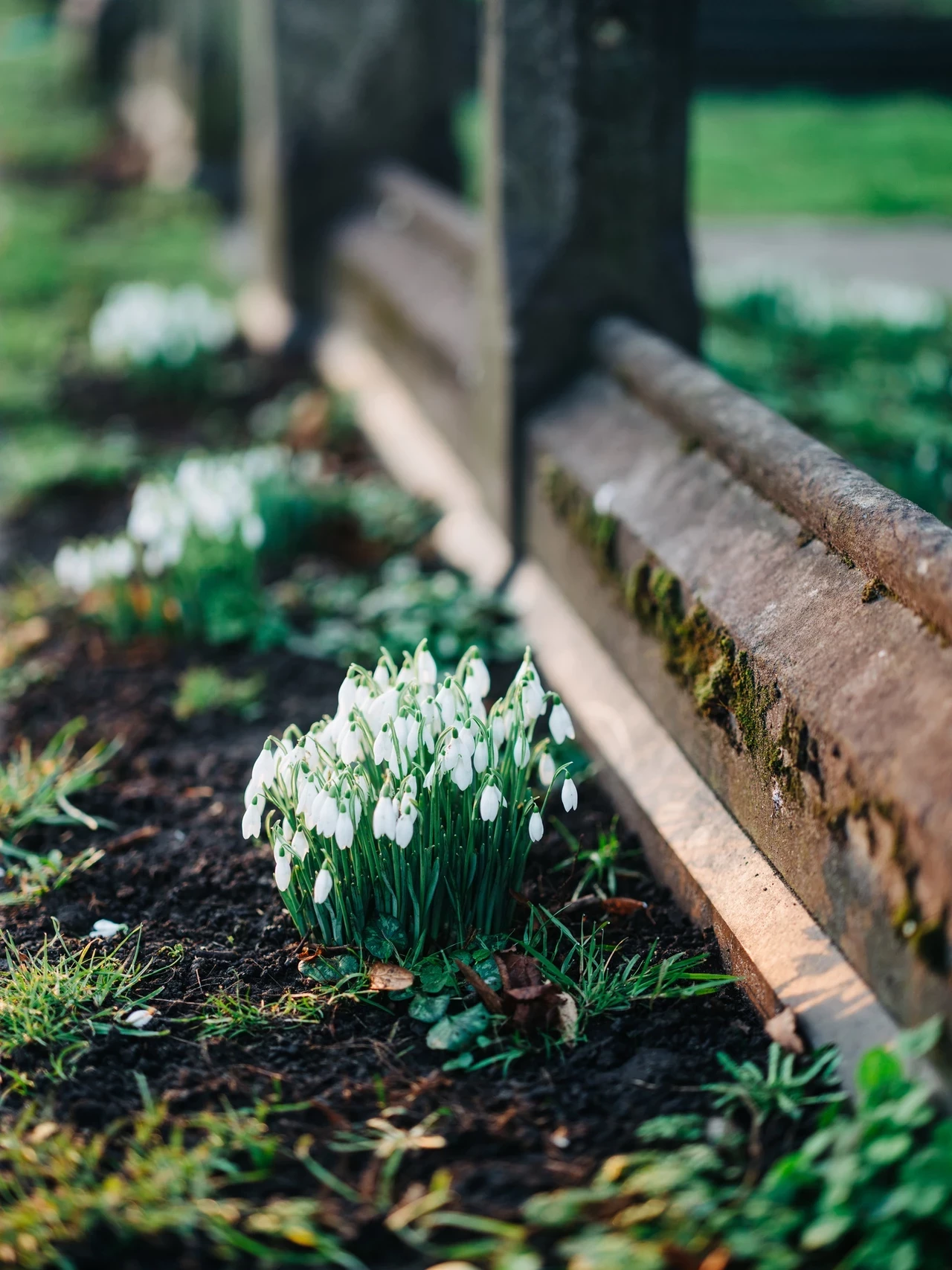

Hazel
Botanical name: Corylus avellana
Best in bloom: January – March
Where to find them: Richmond Park and Bushy Park
Fun fact: Hazel trees produce golden catkins, often referred to as ‘lamb’s tails,’ which provide an early source of pollen for bees.

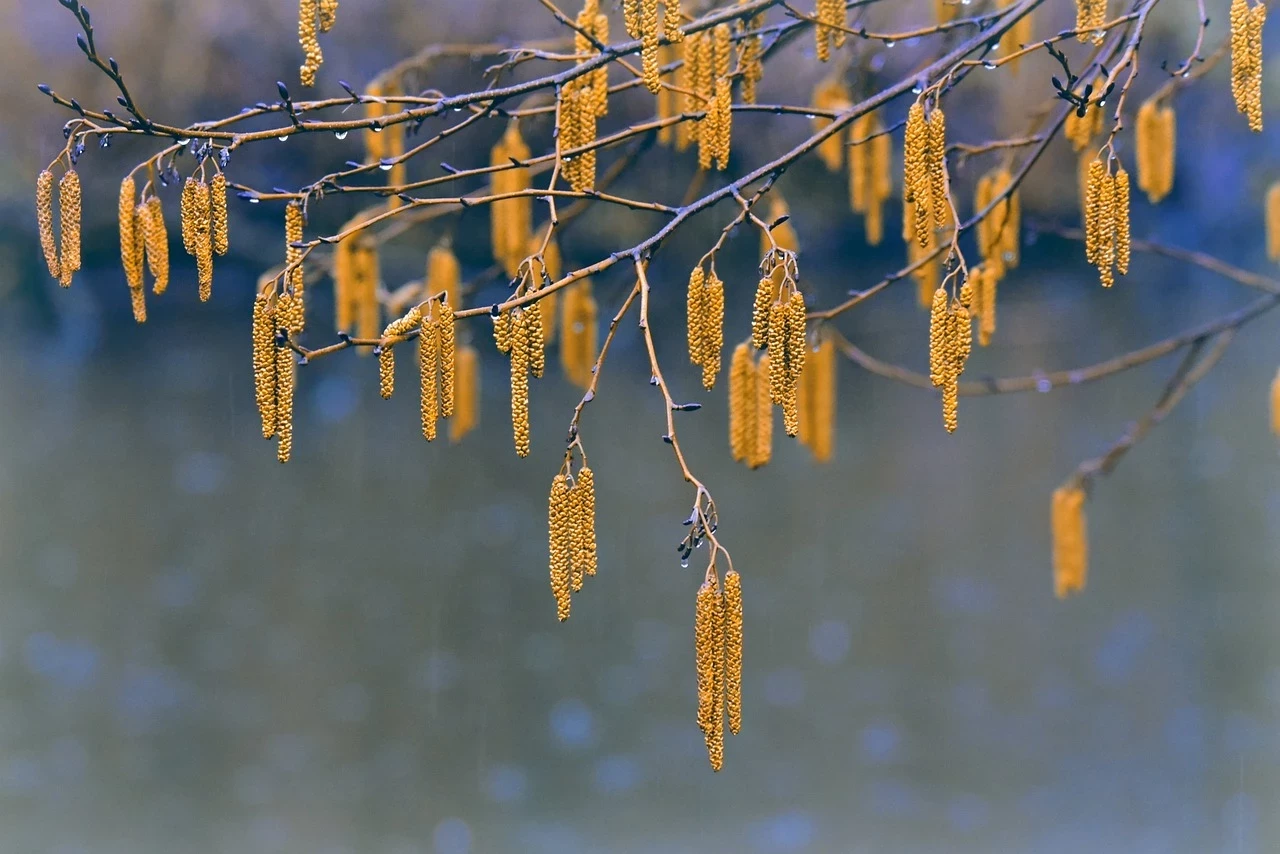
Hellebores
Botanical name: Helleborus spp.
Starts blooming: January
Where to find them: Royal Observatory Garden, Greenwich Park
Fun fact: Hellebores are often called "winter roses" because they bloom in the colder months. Despite their delicate appearance, they are incredibly hardy.
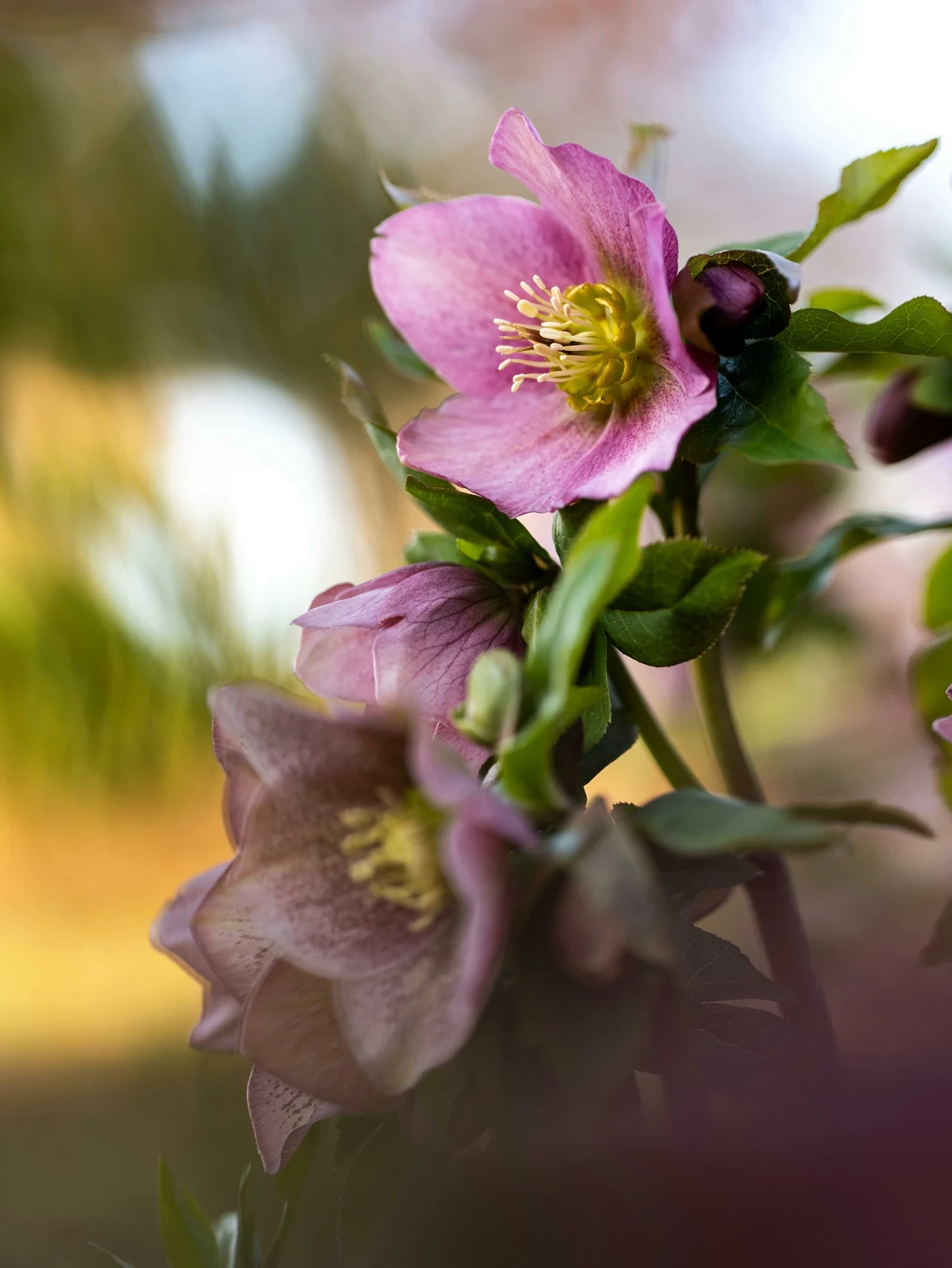
What starts blooming in February?
Crocuses
Botanical name: Crocus vernus & Crocus tommasinianus
Best in bloom: February – March
Where to find them: The Broad Walk in Regent’s Park, Pembroke Lodge in Richmond Park
Fun fact: Crocuses close their petals at night and during cloudy weather to protect their pollen—a phenomenon known as ‘nyctinasty.’


Primroses
Botanical name: Primula vulgaris
Best in bloom: February – March
Where to find them: Bushy Park, Banks of the Dell in Pembroke Lodge Gardens – Richmond Park, and St. James’s Park
Fun fact: Primroses are one of the first wildflowers to bloom in spring, and their name comes from the Latin prima rosa, meaning "first rose."
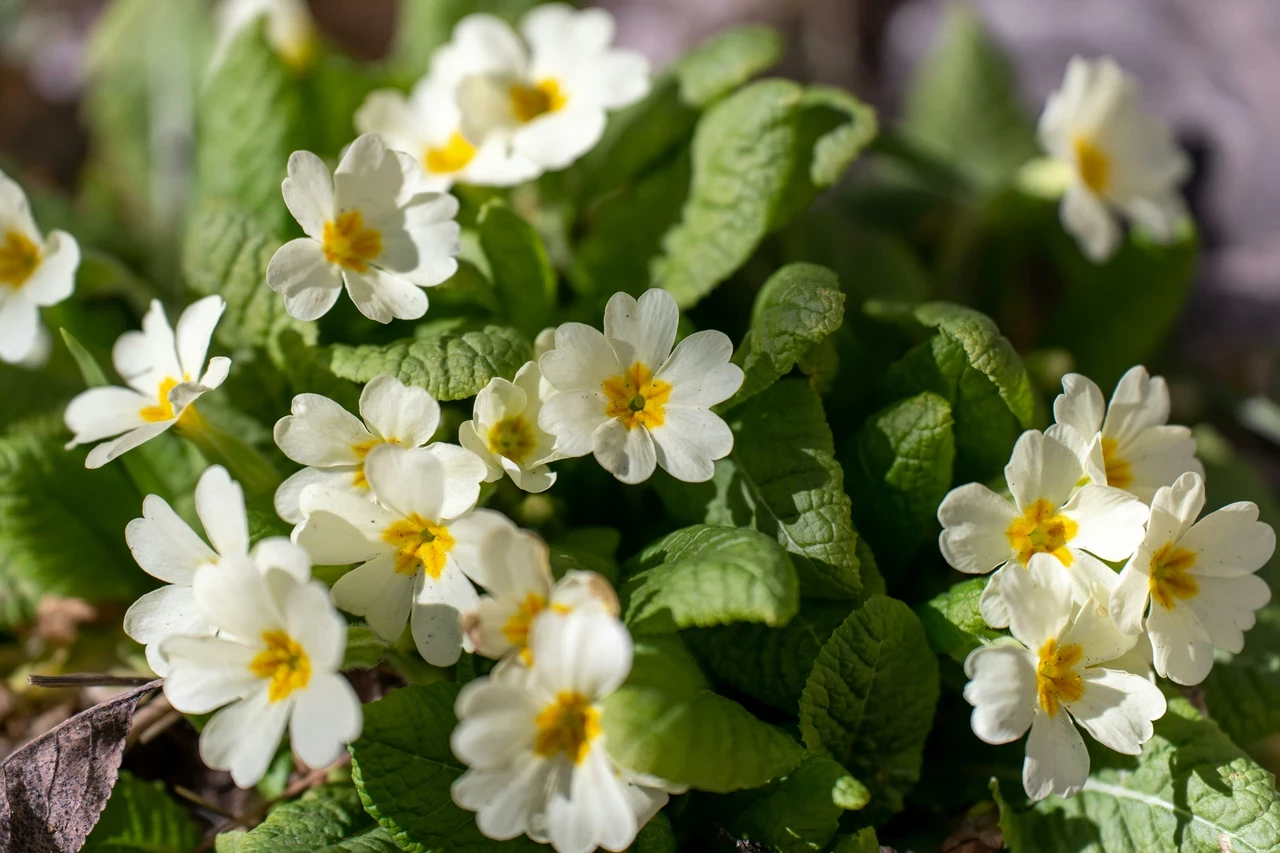
Iris
Botanical name: Iris reticulata & Iris germanica
Best in bloom: February – April
Where to find them: The Regent’s Park and Hyde Park
Fun fact: The iris has been a symbol of royalty and wisdom for centuries and is often associated with the French fleur-de-lis.


What starts blooming in March?
Daffodils
Botanical name: Narcissus spp.
Best in bloom: March – April
Where to find them: St. James’s Park, Green Park, and The Regent’s Park
Fun fact: The daffodil’s sap contains crystals that deter animals from eating them. They are also the national flower of Wales and are traditionally worn on St. David’s Day.
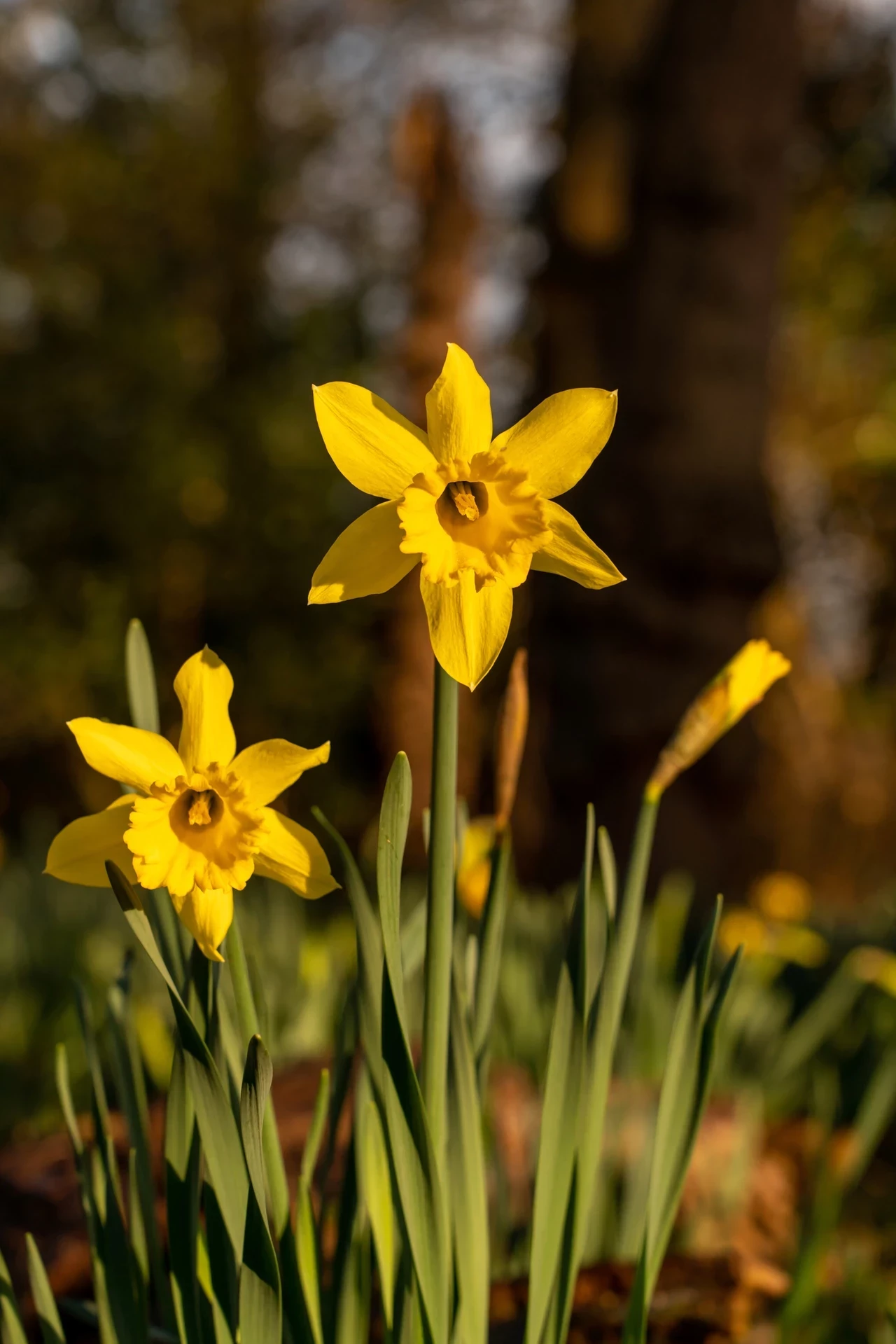

Blackthorn
Botanical name: Prunus spinosa
Best in bloom: March – April
Where to find them: Bushy Park and Richmond Park
Fun fact: Blackthorn is one of the first trees to flower in spring, producing small white blossoms before its leaves appear. It is also used to make sloe gin from its berries in autumn.
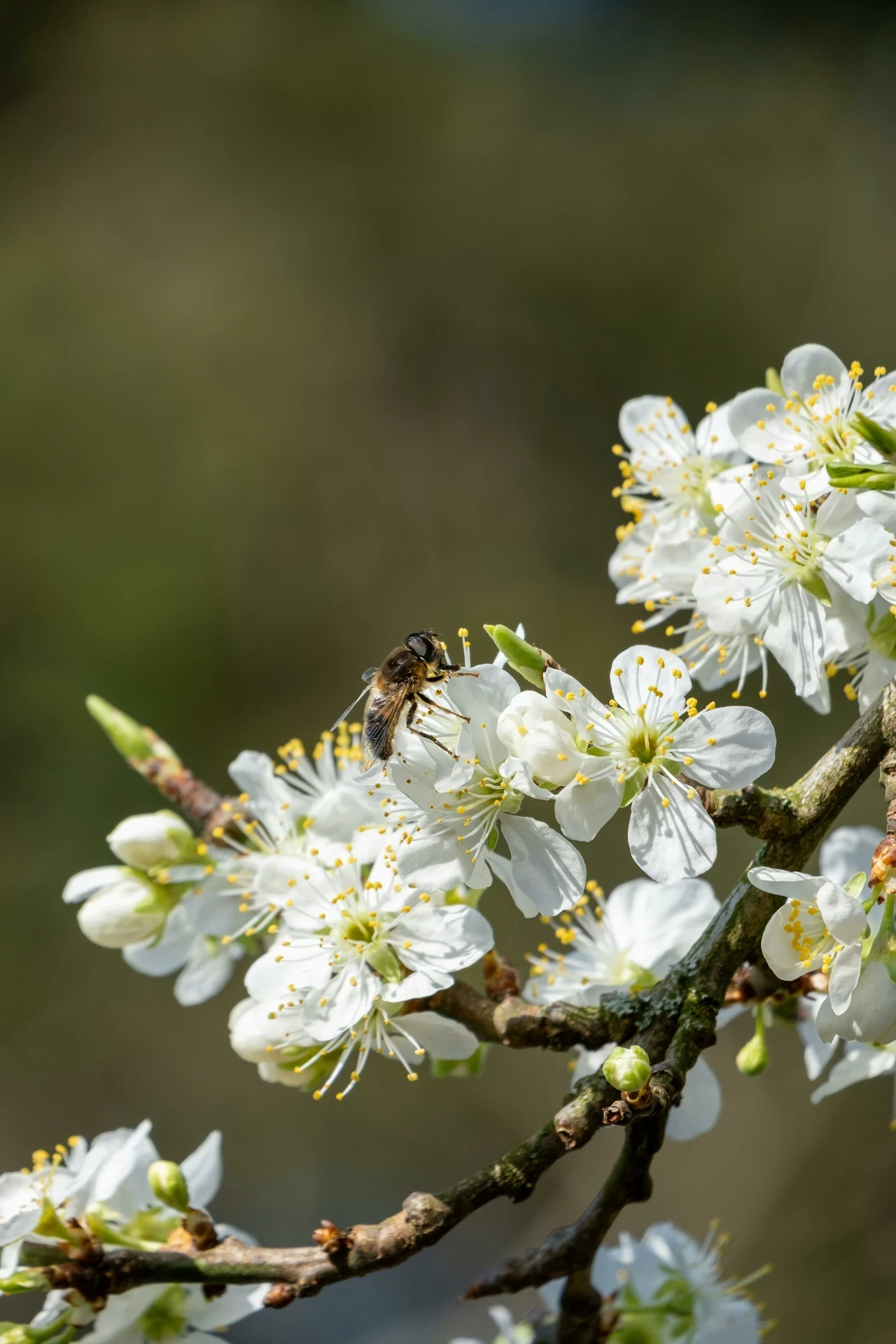
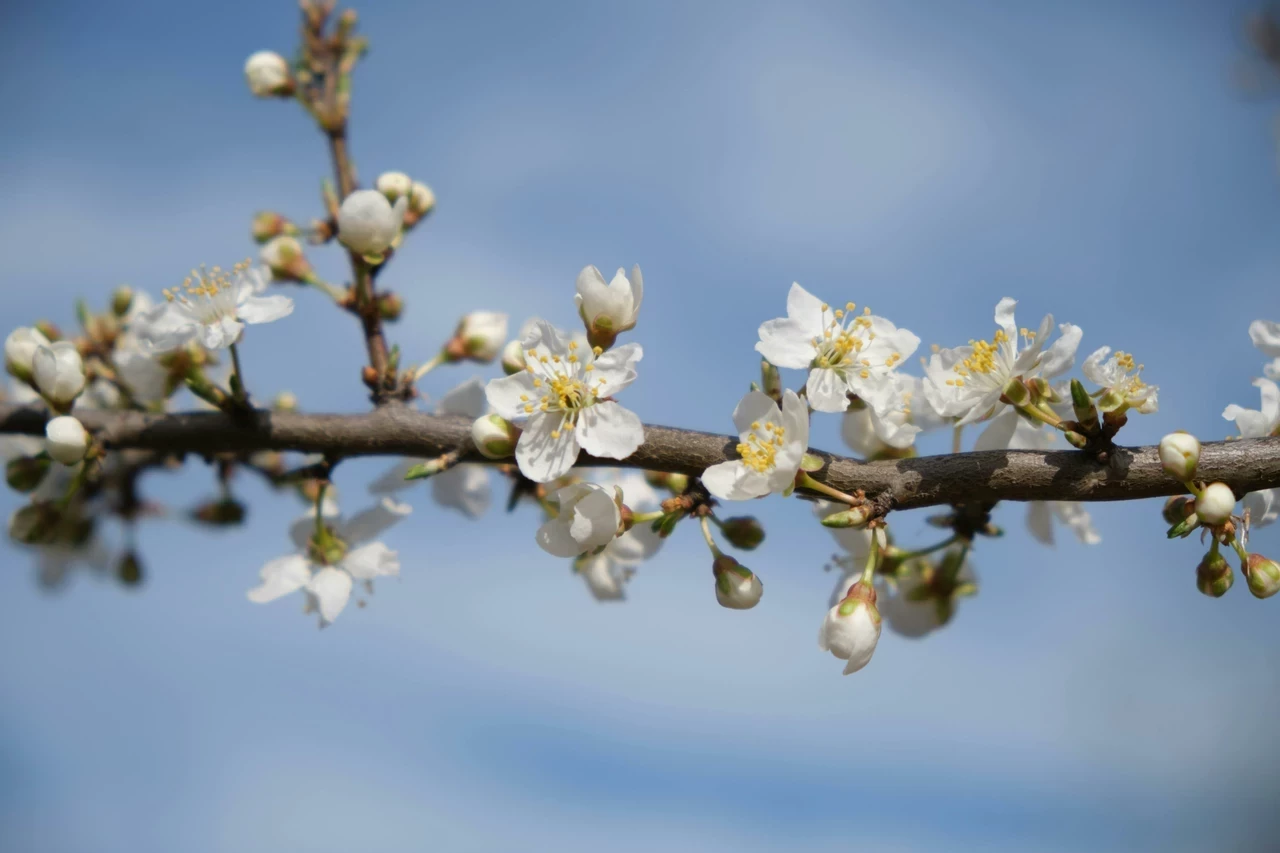
Cherry Blossoms
Botanical name: Prunus serrulata & Prunus avium
Best in bloom: March – April
Where to find them: The cherry walk in The Regent’s Park, Greenwich Park, St. James's Park and Kensington Gardens
Fun fact: Many of the cherry trees in the Royal Parks were gifts from Japan, symbolising friendship and renewal. Their blossoms are celebrated in Japanese culture as a reminder of life’s fleeting beauty.

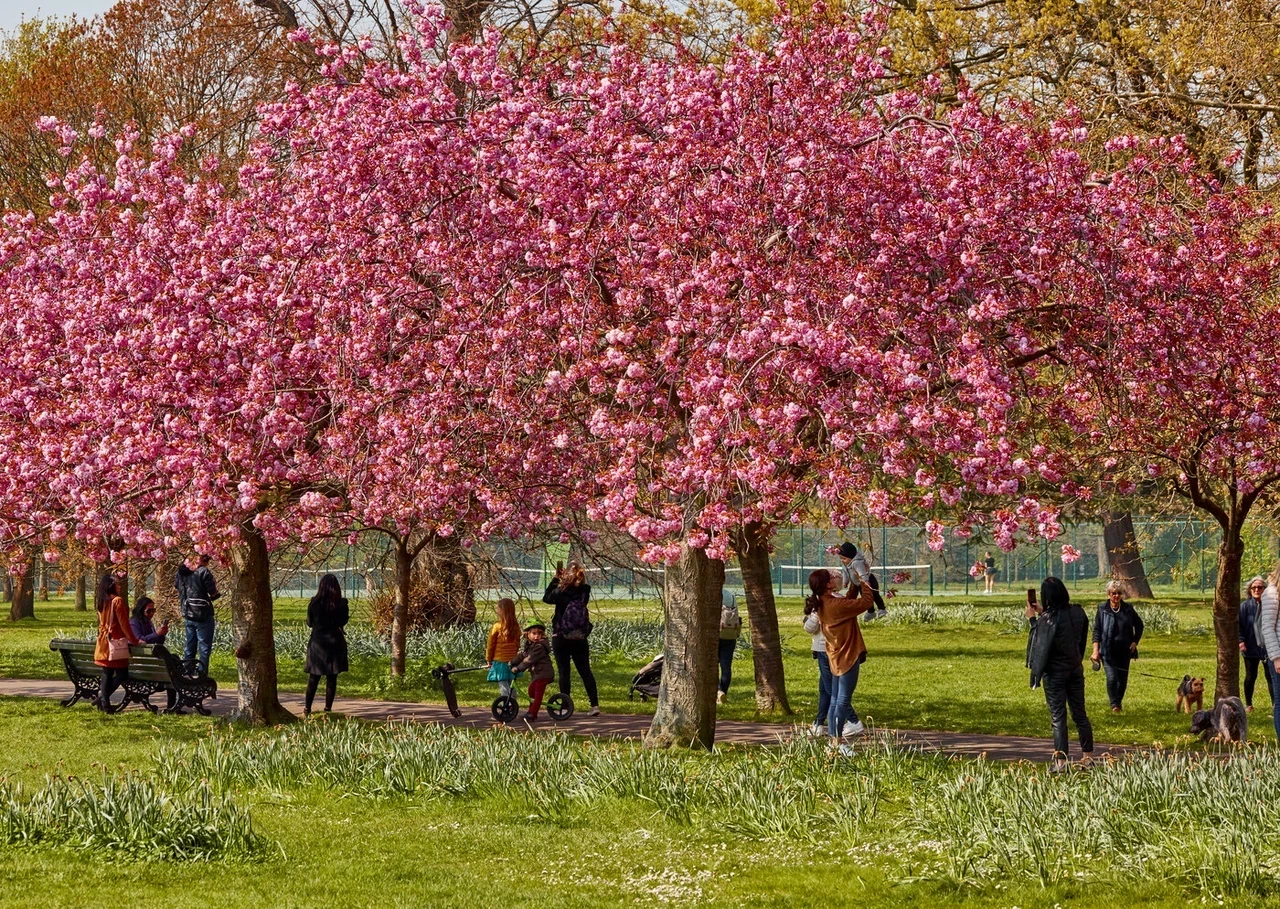
What starts blooming in April?
Bluebells
Botanical name: Hyacinthoides non-scripta
Best in bloom: April – May
Where to find them: Richmond Park, Bushy Park, and Greenwich Park
Fun fact: Over half of the world’s bluebells are found in the UK, and trampling them can prevent regrowth for years.

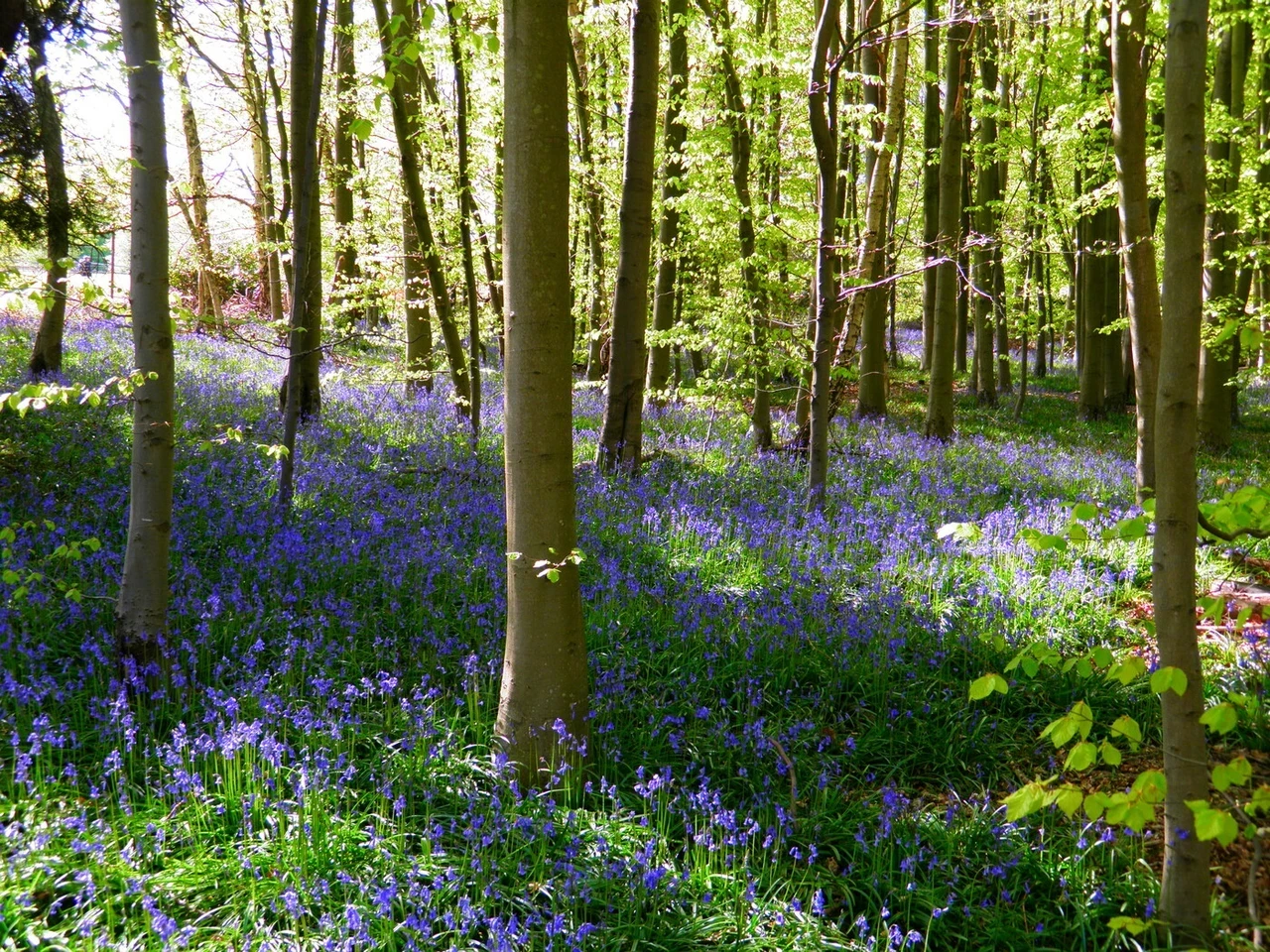
Azaleas & Rhododendron
Best in bloom: April – May
Where to find them: Isabella Plantation, Richmond Park, Flower Garden in Greenwich Park
Fun fact: While all azaleas are rhododendrons, not all rhododendrons are azaleas.

Tulips
Botanical name: Tulipa spp.
Best in bloom: April - May
Where to find them: The Regent’s Park, St. James’s Park, and Greenwich Park
Fun fact: Tulips continue to grow even after being cut, sometimes elongating by up to an inch in a vase.

Wisteria
Botanical name: Wisteria sinensis
Best in bloom: May- June
Where to find them: Kensington Gardens, The Regent’s Park, and Pembroke Lodge – Richmond Park
Fun fact: Wisteria vines can live for over 100 years, producing breath-taking cascades of fragrant purple or white flowers.

What starts blooming in May?
Roses
Botanical name: Rosa spp.
Starts blooming: May
Where to find them: Hyde Park, The Regent’s Park, and Greenwich Park
Fun fact: Roses are often referred to as the "queen of flowers." Their fragrance and beauty have made them a symbol of love and romance throughout history. The Royal Parks feature a wide variety of rose species, with many of them found in beautifully maintained rose gardens, such as those in Hyde Park and Regent’s Park.

Plan Your Spring Visit
Spring is a magical time to explore the Royal Parks, with each park offering a unique tapestry of blooms. Whether you're captivated by the delicate snowdrops of February or the vibrant cherry blossoms of April, these early flowers are sure to lift your spirits and remind you of nature’s resilience.
-
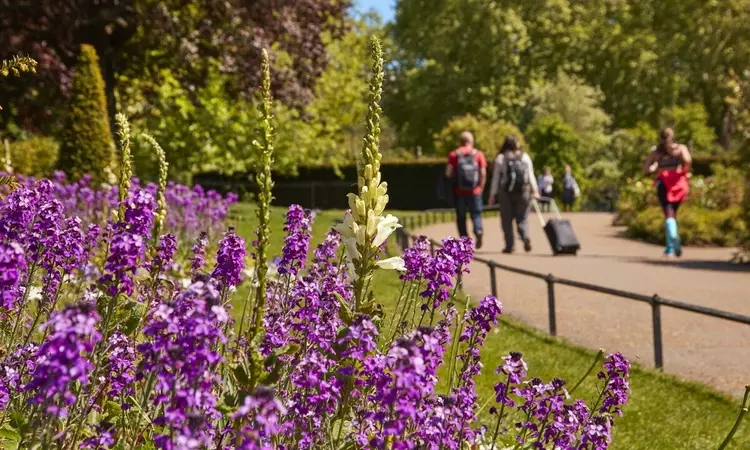
Hyde Park
Visit Hyde Park, known for its major events and home to a variety of gardens, children’s playgrounds, sports facilities, shop and historic monuments.
-
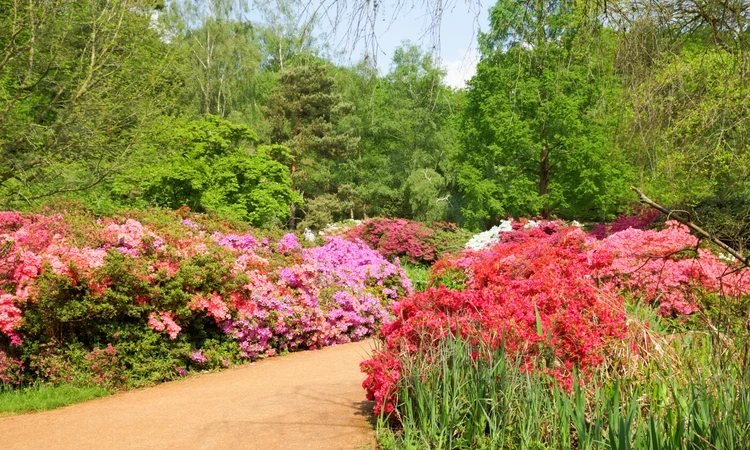
Richmond Park
Welcome to Richmond Park, one of London’s eight Royal Parks, covering 2,500 acres and home to ancient trees, herds of deer and the Isabella Plantation.
-

The Regent's Park & Primrose Hill
Welcome to The Regent’s Park & Primrose Hill, home to a large wetland area, gardens, children’s playgrounds, sports facilities and more.
-

Kensington Gardens
Kensington Gardens is one of London’s eight Royal Parks covering an area of 265 acres of old and new park and green space.
-
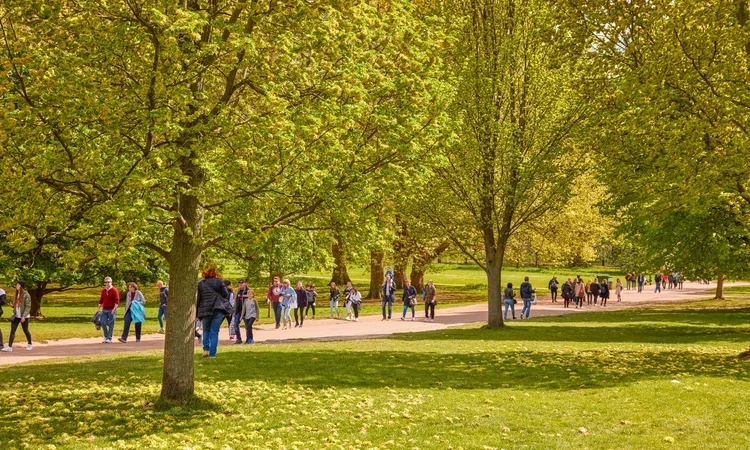
The Green Park
The Green Park is one of London’s eight Royal Parks, a peaceful triangle of mature trees and grasslands offering a quiet retreat from city life.
-
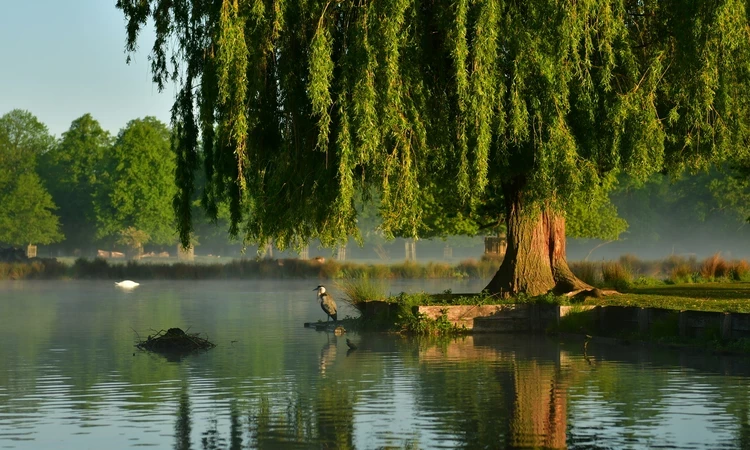
Bushy Park
Welcome to Bushy Park, the second largest of London’s eight Royal Parks at over 1000 acres, home to wild deer and located north of Hampton Court Palace.
-

St. James's Park
Welcome to St. James’s Park, the oldest Royal Park at the heart of ceremonial London. Enjoy great views of the lake and fountain from St. James’s Café.
Related Articles
-
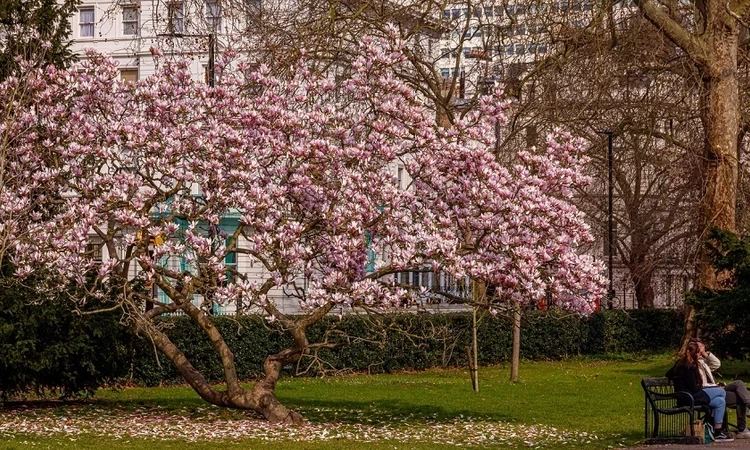 Read
ReadTop things to do in the Royal Parks this spring
It’s time to turn down your thermostat – spring in London is here and there’s plenty to do and enjoy in the Royal Parks.
-
 Watch
WatchSpring walkthrough: Hyde Park
Take a quick tour through Hyde Park in spring with this mapped walking route, showing some of the park's highlights.
-
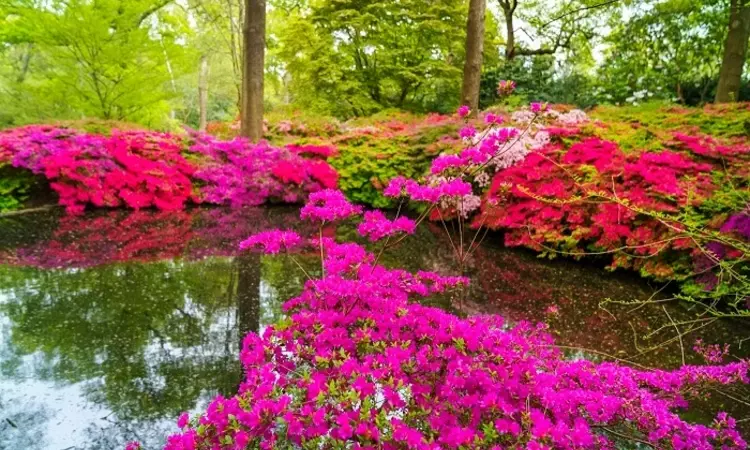 Watch
WatchSpring walkthrough: Isabella Plantation in Richmond Park
Take a mindful journey through Richmond Park's Isabella Plantation, one of the highlights of spring in London.